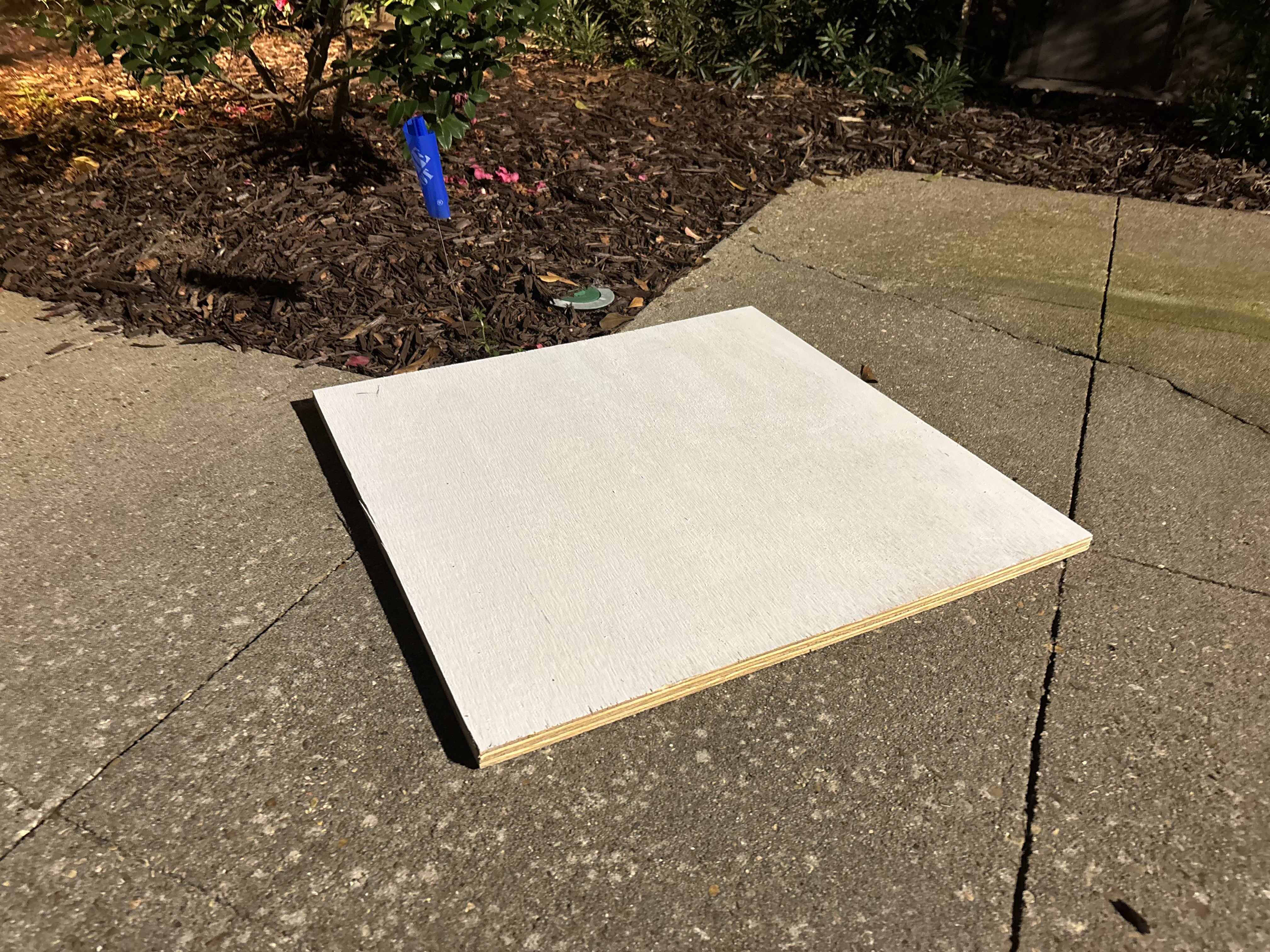Best practices for accurately measuring snowfall
Although an uncommon sight, the Storm Station expects measurable snow in the Capital Area on Tuesday. No matter how much falls, the team wants your snow reports. They help identify areas with the biggest impacts and verify the forecast.
That said, it's important to measure snow accurately. The best way is by using a snow board, which is just a wooden board (usually 24" x 24"). But any piece of plywood or light-colored board will do. The goal is for snow to accumulate on this board. If you have access to white paint, that's even better. Painting the surface white will ensure that the board doesn't absorb excess heat and melt excess snow. Think about how hot a black shirt is versus a white shirt in the summertime - it's the same concept.
The snow board should be placed in a flat, open area away from objects. Measuring on an incline causes issues since the measuring stick has to sink further into the snow before contacting the ground, plus more snow often falls on slopes facing the wind. Measuring snow near trees and buildings also causes problems since these objects collect additional snow (i.e. snow drifts) or block additional snowfall depending on which side the measurement is taken.
A marker, such as a sprinkler flag, is a good idea to mark the location of the snow board so that it can easily be found after a heavy snowfall.

If not using a snow board, a flat surface such as a picnic table or deck will also work. Snow can also be measured directly on the ground, but limit those observations to short grass. Tall grass will inflate the snow measurement. If measuring on the ground, take multiple measurements and average them together.
Measuring snow this way creates a standard for the way snow is reported across the country, and helps meteorologists create an accurate account of snow totals after the fact.
Trending News
And reports submitted to the Storm Station this week will also be submitted to the National Weather Service. In so doing, your report could end up as a part of the historical record for the event. Please email all snow totals to weather@wbrz.com after snow hits the ground with the following information:
1) How much snow
2) Location, as specifically as possible. A neighborhood or highway mile marker works best.
3) Time the snow began
4) Time the snow stopped


